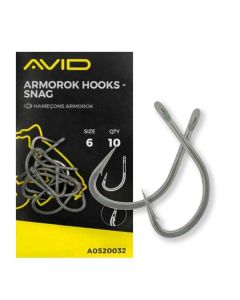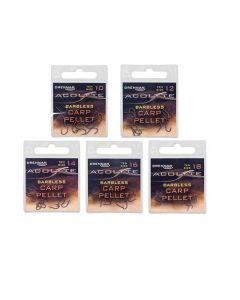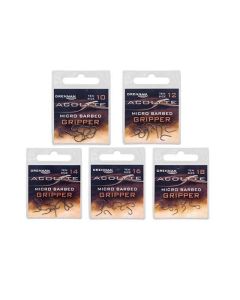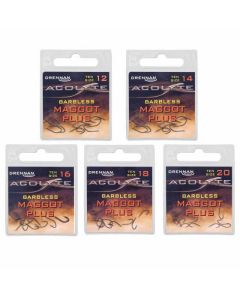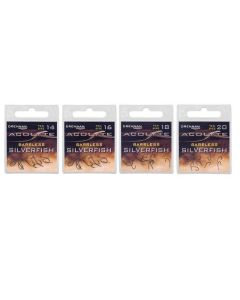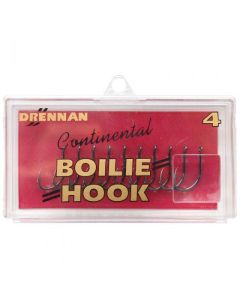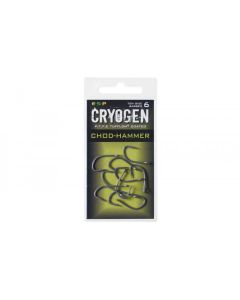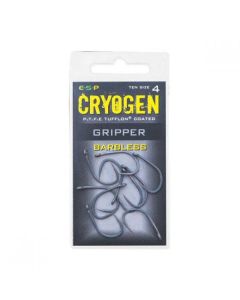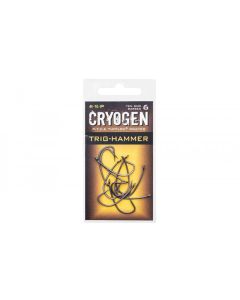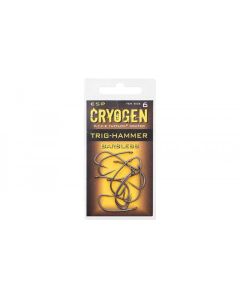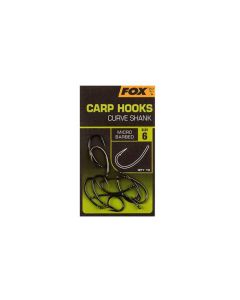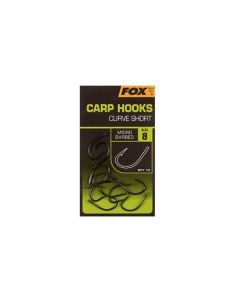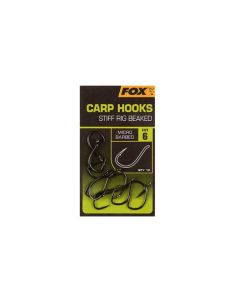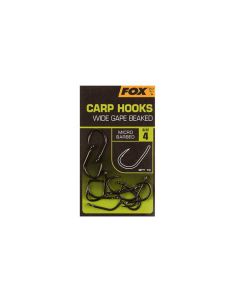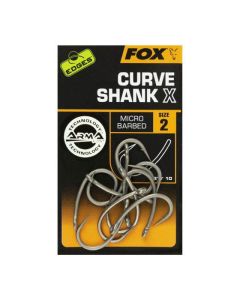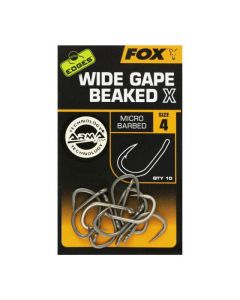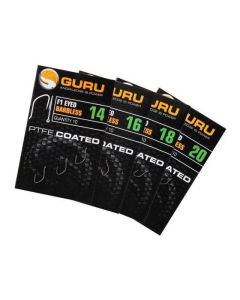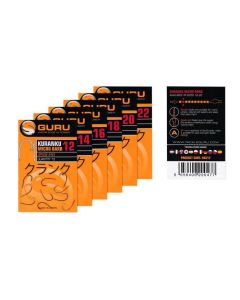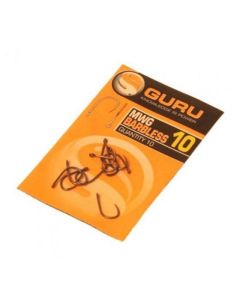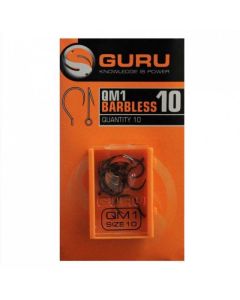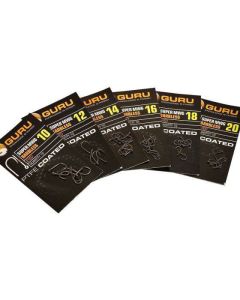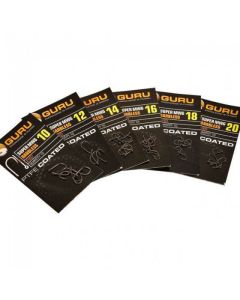The Angler's Essential Guide to Hooks for 2024
Introduction
The hook, a simple metal curve, is the linchpin of fishing, an ancient craft meeting modern environmental sensibilities. As we venture into 2024, anglers are empowered with hooks that are not only technologically advanced but also designed with sustainability in mind. This guide navigates the choices of hooks that define today’s angling ethos, ensuring success at the water's edge while preserving the aquatic habitats we hold dear.
The Modern Hook: Engineering and Eco-Friendly Design
In recent years, the angling industry has shifted towards hooks crafted from environmentally responsible materials. Manufacturers have risen to the challenge, combining innovative designs with new materials that offer both durability and a reduced ecological footprint. The hooks of 2024 are smarter, with features such as bio-coatings that enhance performance while ensuring the health of our waterways.
Top 10 Fishing Fishing Hooks
- Korda Wide Gape X - Renowned for its strength and precision, it is ideal for carp fishing.
- Drennan Carbon Match - A lightweight yet strong hook designed for the finesse of match fishing.
- Guru F1 Maggot - Perfect for the delicate presentation of smaller baits.
- Nash Pinpoint Claw - A robust choice for anglers targeting larger species.
- Fox Edges Arma Point SSC - Offers exceptional sharpness for a secure set.
- Guru MWG - All-rounder, suitable for a range of coarse fishing scenarios.
- Korda Kontinental - Built for the biggest carp in the toughest conditions.
- Drennan Wide Gape Pellet - Specifically designed for pellet fishing.
- Nash Fang Gyro - Innovative hook design allowing for 360-degree movement.
- Fox Zig & Floater - Excelling in surface fishing techniques for carp.
Brand Spotlight: In-Depth Reviews
Korda Hooks: Korda leads with a range of carp hooks that exemplify their commitment to quality and innovation. The Wide Gape X, with its robust build, ensures that even the most challenging carp is securely hooked.
Drennan Hooks: Drennan's reputation for reliability is evident in their Carbon Match hooks, which blend the strength needed for larger fish with the light touch required for match fishing.
Guru Hooks: Guru's F1 Maggot hook is a fine example of specialised design, providing the perfect hook for smaller baits, which is essential in match fishing where precision is paramount.
Nash Hooks: Nash's Pinpoint Claw has set a new standard for hook performance, designed to handle big fish with an unmatched hold.
Fox Hooks: The Edges Arma Point SSC from Fox is a testament to their focus on sharpness and strength, ensuring that every strike counts.
The Art of Hook Selection
Choosing the right hook is an art form that requires consideration of the fish species, bait type, and fishing conditions. Modern hooks offer a range of options for every angling situation, from the lightest match fishing to battling the heaviest carp.

